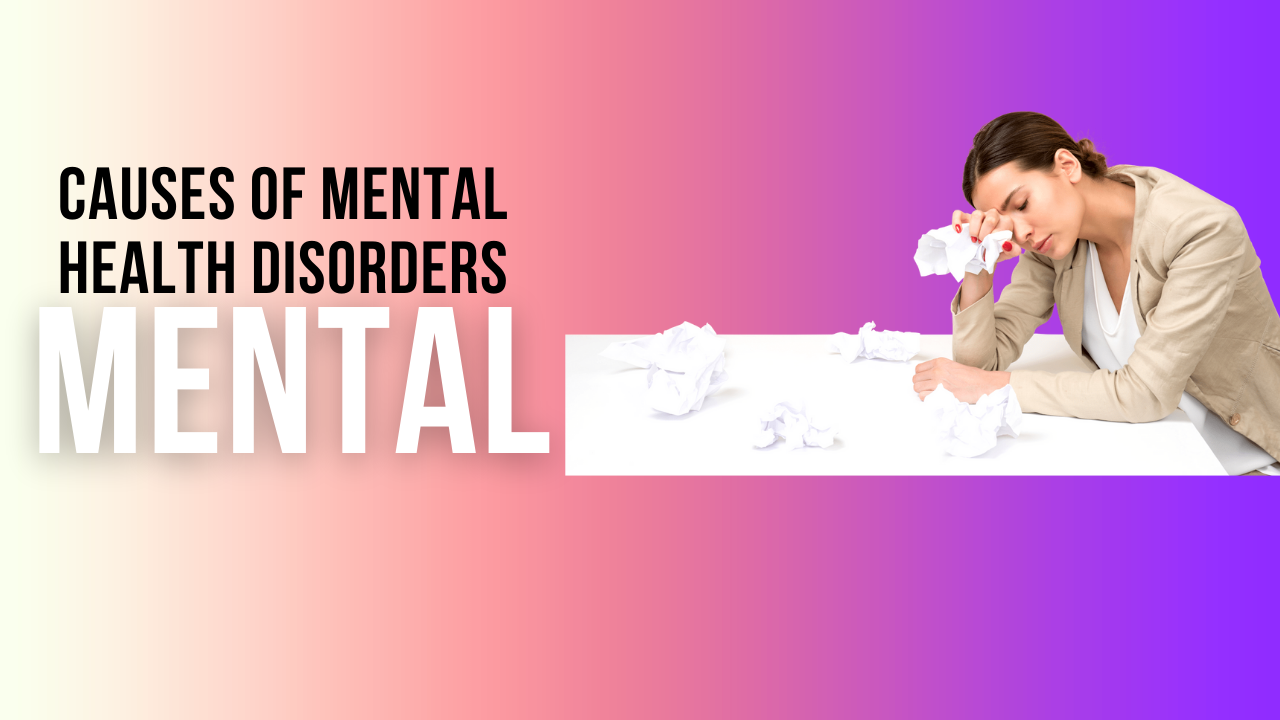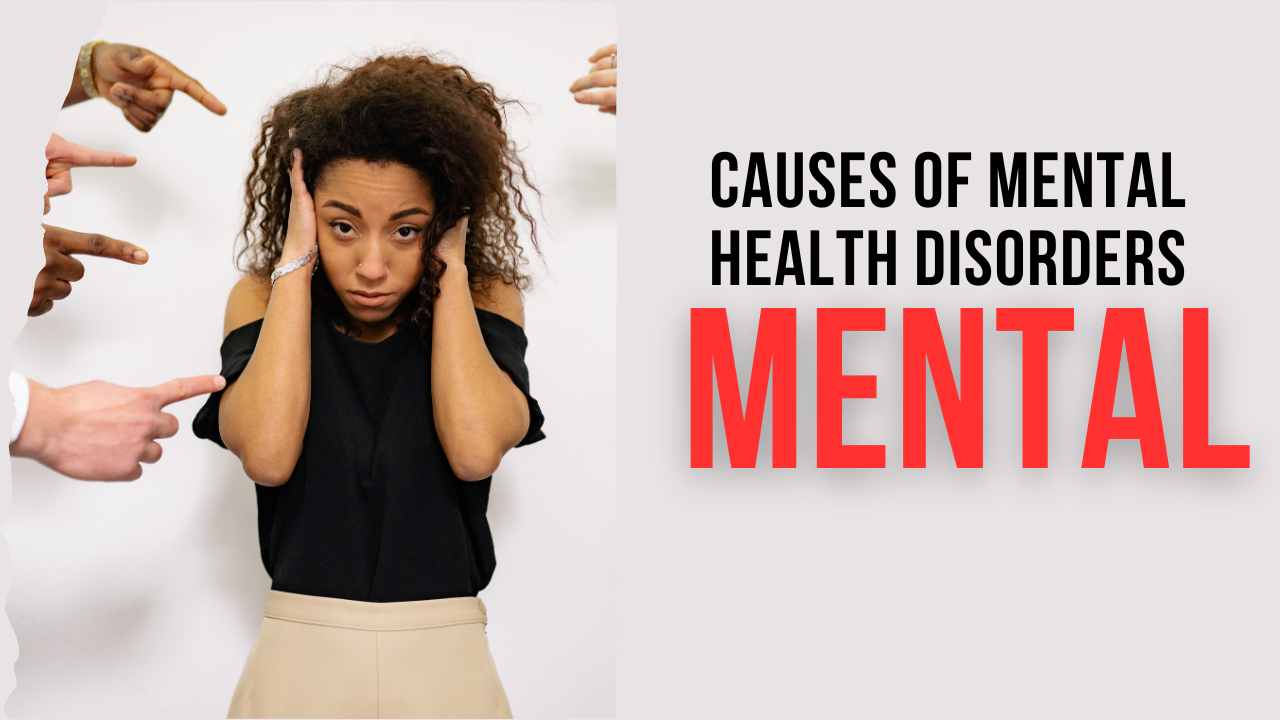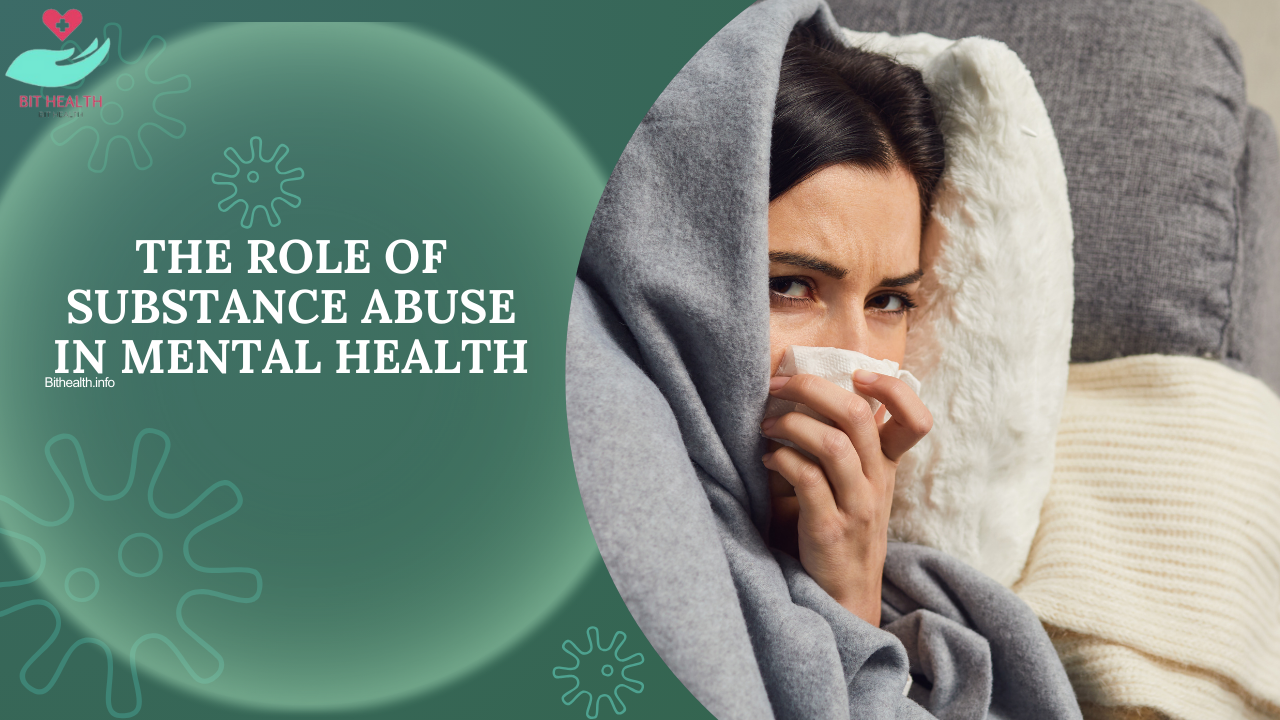Intro
Mental health disorders are complex conditions that can have a significant impact on a person’s daily life. Understanding the causes of mental health disorders is crucial to providing effective treatment and support for those who are affected. In this informative piece, we will explore the various factors that can contribute to the development of mental health disorders.
The Genetic Puzzle Behind Mental Health Disorders
Diving into the intricate world of our DNA, we find a fascinating, complex map that not only determines our eye color or height but also weaves into the narrative of our mental health. The genetic puzzle of mental health disorders is like a vast, interconnected web, where certain threads when pulled, can reveal a predisposition to conditions such as depression, bipolar disorder, or schizophrenia. Imagine our genetic makeup as a library, filled with books that tell the stories of who we are. Some of these books contain chapters that, when triggered by life events or environmental factors, can influence the emergence of mental health challenges.
It’s important to note that inheriting these genetic ‘books’ doesn’t guarantee the development of a mental health disorder. Think of it more like a potential; a seed that may or may not sprout, depending on the soil it’s planted in and the weather it endures. This means that someone with a family history of mental health disorders may have a higher risk, but it’s not a definitive fate. The interaction between our genes and life experiences—such as the relationships we nurture, the stress we encounter, and how we navigate the world—plays a critical role in shaping our mental health landscape.
In the quest to understand the genetic threads of mental health, researchers are continually unearthing clues that help us better understand these complex conditions. Each discovery is a step towards more personalized, effective treatment plans that can cater to the unique genetic blueprint of each individual. By exploring the genetic roots of mental health disorders, we’re not just solving a puzzle; we’re unlocking new pathways to wellness, empathy, and support for those affected, painting a more hopeful picture for the future of mental health care.

The Impact of Traumatic Life Events
Imagine your life as a tapestry, each thread representing a different experience, emotion, or memory. Traumatic life events are like sharp scissors cutting through those threads, leaving frayed edges that can unravel the fabric of our well-being. These events, whether a sudden loss, a betrayal, or a catastrophe, can deeply scar our mental landscape, shaping how we view the world and ourselves.
Trauma can be a shadow that follows us, influencing our reactions and decisions, sometimes without us even realizing it. The mind, in its attempt to cope, might weave protective patterns—such as avoidance or hypervigilance—that can evolve into mental health challenges like PTSD, depression, or anxiety. Just as physical wounds need care and time to heal, emotional scars also require attention and compassion.
The journey of healing from trauma is personal and multifaceted. It often involves unraveling the pain, understanding its impact, and learning new ways to cope. Support and counseling can be akin to gentle hands that guide the threads back into place, mending the tapestry of our lives. Engaging in therapies that focus on trauma, such as EMDR (Eye Movement Desensitization and Reprocessing) or CBT (Cognitive Behavioral Therapy), can help individuals process their experiences in a safe and supportive environment.
Building resilience is another key aspect of navigating through the aftermath of traumatic events. Resilience doesn’t mean feeling strong all the time; rather, it’s about finding strength even in vulnerability, allowing ourselves to seek help, and learning to adapt in the face of adversity. Encouraging open discussions about trauma and its effects can also foster a sense of community and understanding, reminding us that we’re not alone in our struggles.
As we acknowledge and address the impact of traumatic life events on mental health, we pave the way for healing, growth, and a deeper connection with ourselves and others. Remember, the tapestry of your life is unique and valuable, and every step towards healing is a testament to your strength and resilience.
Environmental Stressors and Mental Health
Navigating through life’s daily grind, we all encounter environmental stressors—those pesky, persistent pressures that can range from bumper-to-bumper traffic to juggling work deadlines or managing household duties. These are the unseen currents that can silently steer our mental health journey toward rocky shores. Imagine carrying a backpack up a hill; every stressor adds a stone to your load. Too many stones and the climb becomes overwhelming.
In the ever-spinning globe of our lives, these stressors are almost inevitable. However, their impact on our mental well-being is not carved in stone. Each person reacts differently to environmental pressures, and what might send one person into a spiral of anxiety or depression could be a motivating challenge for another. This diversity in response underscores the importance of nurturing robust coping mechanisms and resilience.
Healthy coping strategies act like anchors, preventing our mental health from drifting amidst the storm of stressors. These can include mindfulness practices, such as meditation or yoga, which help calm the mind and body, allowing us to weather stress more effectively. Engaging in hobbies or interests that bring joy and fulfillment can also serve as a protective buffer, offering a safe harbor from the tumult of life’s demands.
Furthermore, the power of a strong support network cannot be overstressed. Just as plants lean towards sunlight, humans thrive on connections that offer light in the form of empathy, understanding, and encouragement. These relationships can illuminate paths through the darkest forests of stress, guiding us toward clarity and resilience.
In embracing these strategies and recognizing the pervasive nature of environmental stressors, we equip ourselves with the tools to navigate the complex tapestry of mental health. By doing so, we not only safeguard our well-being but also embrace the journey with confidence, turning challenges into stepping stones towards growth and inner peace.

Childhood Development and Mental Health
Embarking on a journey back to the beginning, let’s venture into the realm of childhood—a pivotal chapter in the story of our mental health. This early stage of life lays the foundation for the skyscrapers of our minds. Like skilled architects, our experiences during these formative years shape the blueprints of our future mental well-being.
Envision a child’s mind as a garden, where early experiences are the seeds sown into its soil. Positive interactions, such as love, encouragement, and security, act as nourishment, fostering the growth of a flourishing, resilient garden. Conversely, adverse experiences, including neglect, abuse, or intense family strife, can be likened to weeds that threaten the garden’s vitality, potentially leading to the emergence of mental health challenges in later chapters of life.
Recognizing the profound influence of childhood development on mental health underscores the importance of tending to this garden with care. Parents, caregivers, and educators play crucial roles as gardeners, equipped with the tools of understanding, support, and guidance. By fostering environments rich in emotional safety and learning, they can help cultivate resilience and healthy coping mechanisms in children, empowering them to navigate life’s ups and downs.
Moreover, early intervention and support can act as essential fertilizer, promoting healing and growth in children who have encountered adversities. Engaging in open conversations about emotions, and mental health, and providing access to resources or counseling can make a significant difference in a child’s journey toward mental well-being.
As we unravel the intricate tapestry of factors influencing mental health, the chapter on childhood development reminds us of the profound and lasting impact of our earliest experiences. By nurturing the mental gardens of our youngest, we invest in a healthier, more resilient future for all.
The Role of Substance Abuse in Mental Health
Picture navigating a treacherous sea, where the waters of substance abuse threaten to capsize the delicate boat of our mental health. Substance use, whether it’s alcohol, prescription drugs, or recreational substances, can be likened to tumultuous waves, altering the brain’s chemical balance and disrupting the harmony of our mental ecosystem. This disruption can lead to a whirlwind of mental health challenges, including mood disorders, anxiety, and even the development of psychosis, painting a stormy picture of one’s mental landscape.
Embarking on this journey, it’s essential to recognize that the relationship between substance abuse and mental health is intricate and bidirectional. For some, the voyage begins with mental health challenges that lead to substance use as a form of self-medication, a temporary anchor in rough seas. For others, substance use may precede and precipitate the onset of mental health disorders, drawing them into uncharted waters.
Addressing this dynamic requires a compassionate, comprehensive approach that acknowledges the person as a whole. Treatment often involves navigating through the layers of one’s mental health and substance use, aiming to restore the calm and balance disrupted by substance abuse. Engaging in therapy, support groups, and medication management, when appropriate, can serve as lifelines, guiding individuals back to safer shores.
Recognizing the role of substance abuse in mental health is akin to spotting a lighthouse in the fog—it offers direction, hope, and the promise of reaching a haven of well-being. By understanding and addressing the impact of substance use, we can chart a course toward recovery, resilience, and a healthier horizon for those navigating these stormy seas.

Social Desolation and Its Effects on Mental Health
Venture with me into the realm of solitude—not the peaceful solitude one finds in a quiet morning before the world awakes, but the stinging, persistent kind that lingers like a shadow. This is social isolation, a silent storm that can erode the landscapes of our mental health, leaving feelings of loneliness and disconnection in its wake.
Picture your social network as a vibrant tapestry of interconnected threads, each thread representing the people and communities that enrich our lives. Social isolation acts as scissors, snipping away at these threads, fraying the edges of our social fabric. When the tapestry becomes threadbare, individuals may find themselves grappling with the chill of loneliness, an unwelcome companion that can whisper tales of anxiety and melancholy.
The human spirit, much like a plant, leans towards the warmth of connection to thrive. Deprived of this sunlight, the shadow of social isolation can lead to the growth of mental health challenges such as depression and anxiety. In the echoing silence of isolation, the mind may wander down winding paths of negative thoughts, reinforcing feelings of worthlessness and detachment.
However, the narrative doesn’t end here. Imagine each act of reaching out, each attempt at forging connections, as a stitch that repairs the tapestry. Engaging in community activities, embracing new hobbies that involve others, and leveraging technology to bridge the distance are akin to rays of sunlight, dispersing the shadow of isolation and reweaving the tapestry of our social lives.
In this light, recognizing the impact of social isolation is not just about acknowledging the darkness; it’s about finding and creating opportunities for connection, illuminating pathways to a healthier, more interconnected existence.
Physical Health Conditions and Mental Well-being
Embark on a journey through the intertwining paths of our physical and mental landscapes, where the health of one deeply influences the terrain of the other. Imagine our body as a garden, where various plants represent different aspects of our physical health. Chronic conditions, akin to persistent weeds, can disrupt the harmony of this garden, casting shadows that might dim the vibrancy of our mental well-being.
The dance between physical ailments and mental health is intricate, with each step affecting the overall rhythm of our lives. When our body sends out distress signals due to conditions like diabetes, arthritis, or heart disease, it’s not just the physical realm that bears the burden; our mental oasis feels the tremors too. This connection underscores the importance of nurturing both our physical and mental gardens with equal care.
Tending to our physical health with the dedication of a master gardener—through regular check-ups, appropriate treatment, and a lifestyle that promotes well-being—can help keep the weeds at bay, allowing our mental landscape to flourish. By acknowledging the profound link between our physical ailments and mental health, we can cultivate a balanced, harmonious life journey, brimming with well-being and resilience.



